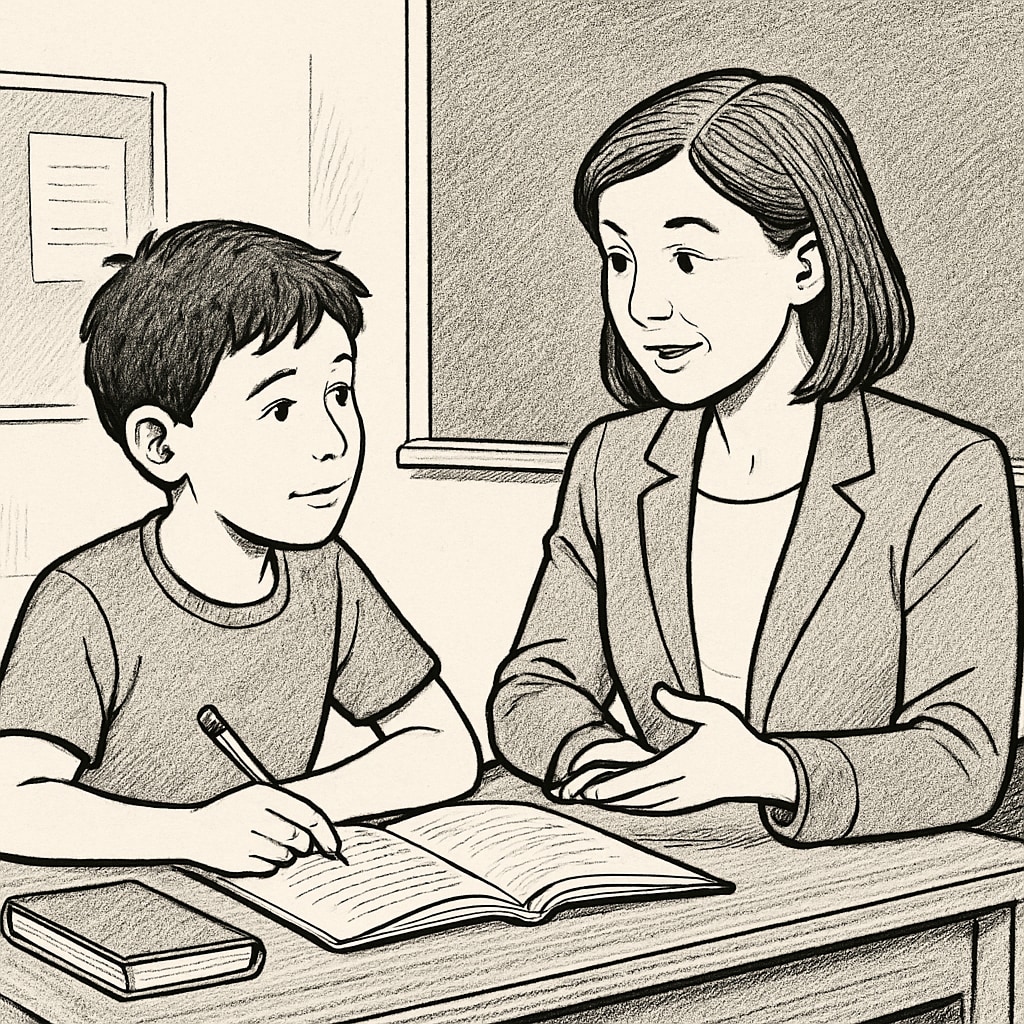In the pursuit of excellence, educators often grapple with the balance between setting high expectations and safeguarding students’ mental and emotional health. This ethical dilemma, encapsulated in the film Whiplash, raises critical questions about the role of strict teaching methods in pushing students to their limits. How far is too far when it comes to demanding excellence? And how can educators ensure their approach fosters growth without causing harm? These questions lie at the core of educational ethics.
When Strictness Crosses the Line
In Whiplash, Terence Fletcher, the infamous band instructor, employs harsh and often abusive tactics to push his students to achieve greatness. While his methods lead to remarkable performances, they come at a significant cost—emotional distress, physical exhaustion, and damaged self-esteem. This portrayal illuminates the darker side of strict teaching methods, where the pursuit of excellence can overshadow the well-being of students.
Such scenarios are not confined to fictional narratives. In real-world education, particularly within K-12 settings, there is a fine line between challenging students to excel and imposing undue stress. Studies have shown that excessive pressure can lead to burnout, anxiety, and even long-term psychological harm in young learners. For instance, according to the American Psychological Association, stress among teenagers often stems from academic demands, which can be exacerbated by overly strict teaching methods.

The Role of Care in Effective Education
While strict teaching methods can sometimes yield impressive results, they must be balanced with care and empathy. Research in pedagogy emphasizes the importance of supportive teacher-student relationships in fostering both academic success and personal growth. For example, the Edutopia highlights how positive reinforcement and emotional support can motivate students to persevere through challenges without compromising their well-being.
Effective educators understand that pushing students to excel does not require humiliation or fear. Instead, they create environments where high expectations are coupled with encouragement, constructive feedback, and a genuine investment in each student’s overall development. This approach not only helps students reach their potential but also nurtures their confidence and resilience.

Finding the Ethical Balance
To strike the right balance between strictness and care, educators can consider the following strategies:
- Set achievable goals: Encourage students to aim high, but ensure the goals are realistic and tailored to their individual abilities.
- Provide constructive feedback: Focus on specific areas for improvement without resorting to personal criticism or negativity.
- Foster open communication: Create a safe space where students can express their concerns, struggles, and aspirations.
- Monitor well-being: Pay attention to signs of stress or burnout and adjust expectations accordingly.
Ultimately, the goal of education should not only be to produce high achievers but also well-rounded, emotionally resilient individuals. By balancing high expectations with empathy, educators can inspire students to excel while safeguarding their mental and emotional health.
Conclusion: Pushing Limits with Compassion
The ethical dilemma of strict teaching methods in education is a complex issue that requires careful consideration. As the film Whiplash demonstrates, the pursuit of greatness must not come at the expense of a student’s well-being. By finding the right balance between pushing limits and expressing care, educators can create an environment where students thrive academically and personally.
In the end, education is not just about achieving excellence but also about fostering humanity. The challenge lies in ensuring that both are achieved in harmony.


